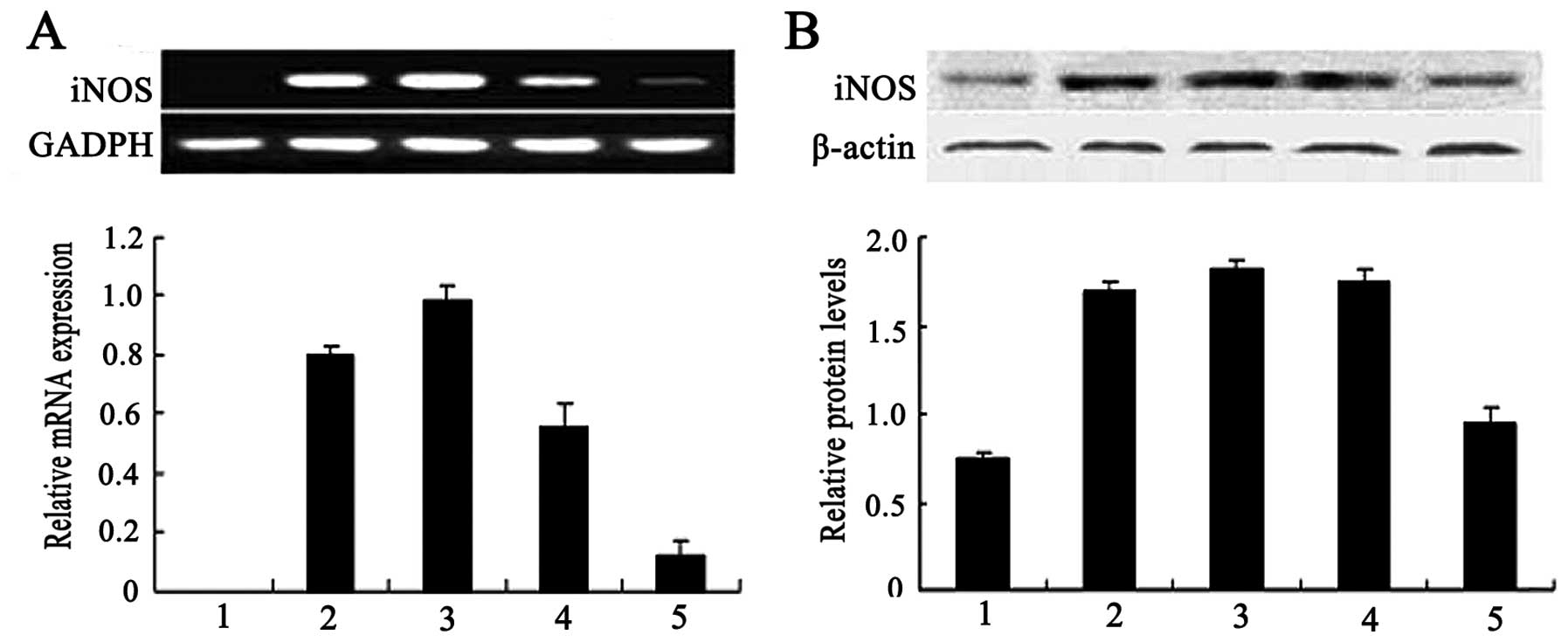

There are four main sub-groupings of coronaviruses, known as alpha, beta, gamma, and delta. Thus, increases in high beta power in these parkinsonian models emerge gradually and are not linearly correlated with motor deficits. Please DO NOT remove the names in this wiki. Furthermore, as shown in Figure 6, until a TID of 78 Krad, no differences in the maximum allowed frequency for the D2.

Wheelock as a product of human leukocytes stimulated with phytohemagglutinin, and by others as a product of antigen-stimulated lymphocytes. The existence of this interferon, which early in its history was known as immune interferon, was described by E. Twice-daily chronic dopamine antagonist treatment induced rapid onset of catalepsy and also reduced MCx 41–45 Hz LFP activity at 1 h, with increases in MCx and SNpr 29–40 Hz power/coherence emerging over 7 days, as assessed during periods of walking before the morning treatments. Interferon gamma (IFN-) is a dimerized soluble cytokine that is the only member of the type II class of interferons. These Gi/o-coupled inhibitory receptors play a major part in shaping dopamine transmission. Most have been notable leaps forward, while some were famous flops. Dopamine D2-autoreceptors play a key role in regulating the activity of dopamine neurons and control the synthesis, release and uptake of dopamine. Increases in MCx and substantia nigra pars reticulata (SNpr) coherence and LFP power in the 29–40 Hz range emerged more gradually over 7 days, although without further progression of walking deficits. Dimming options for LCD brightness control. Each can override the other, thus a messy result is easy to achieve.

It is actually confusing to have 3 places for adjustments. radiations will not be a simple superposition of spectra for the elementary reactions. Integrated graphics or Nvidia Control Panels. experiments for neutrons as well as gamma rays. Within hours after 6-OHDA injection, rats show marked deficits in ipsilateral walking with early loss of significant motor cortex (MCx) LFP peaks in the mid-gamma 41–45 Hz range in the lesioned hemisphere both effects were reversed by dopamine agonist administration. Most setups have 3 ways of changing the Gamma. A useful model for probing the causal role of motor circuit LFP synchronization in motor dysfunction is the unilateral dopamine cell-lesioned rat, which shows dramatic motor deficits walking contralaterally to the lesion but can walk steadily ipsilaterally on a circular treadmill. Evidence suggests that exaggerated beta range local field potentials (LFP) in basal ganglia-thalamocortical circuits constitute an important biomarker for feedback for deep brain stimulation in Parkinson's disease patients, although the role of this phenomenon in triggering parkinsonian motor symptoms remains unclear.


 0 kommentar(er)
0 kommentar(er)
